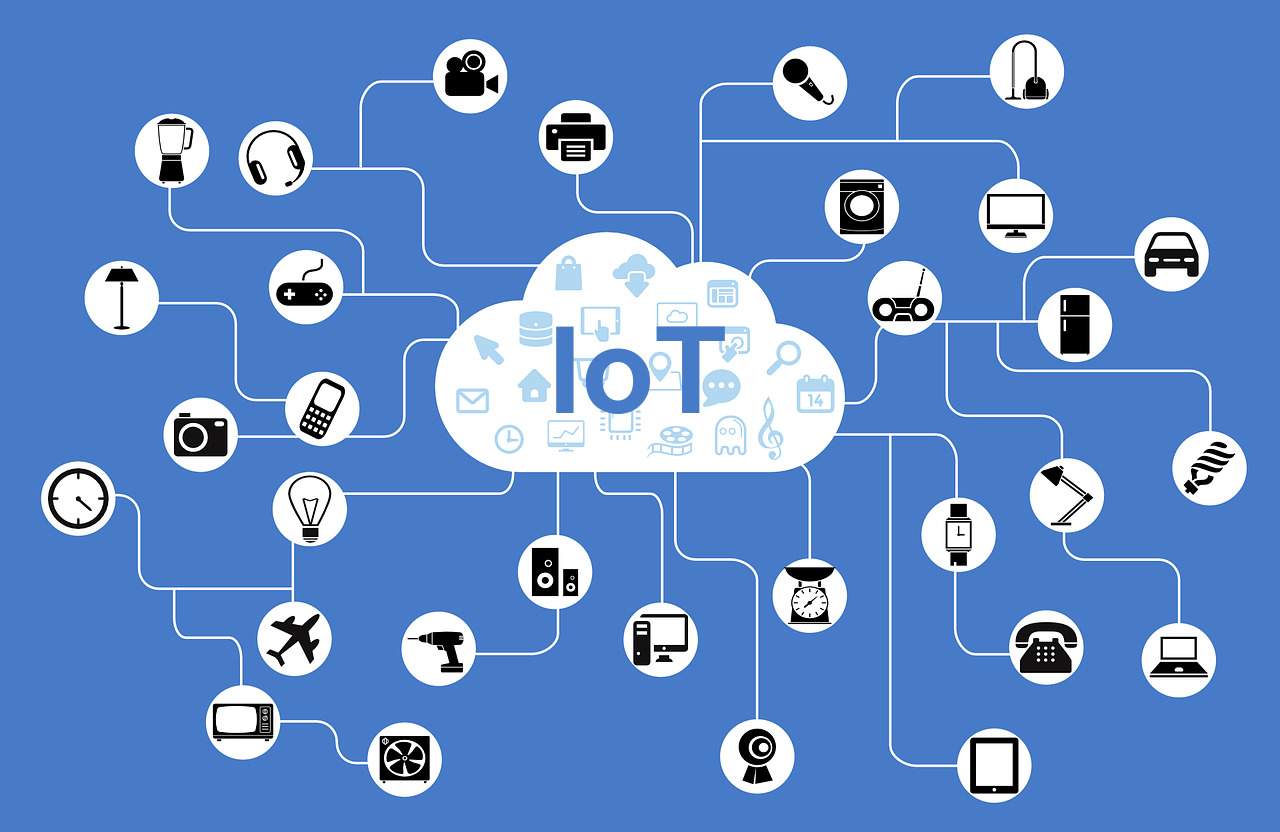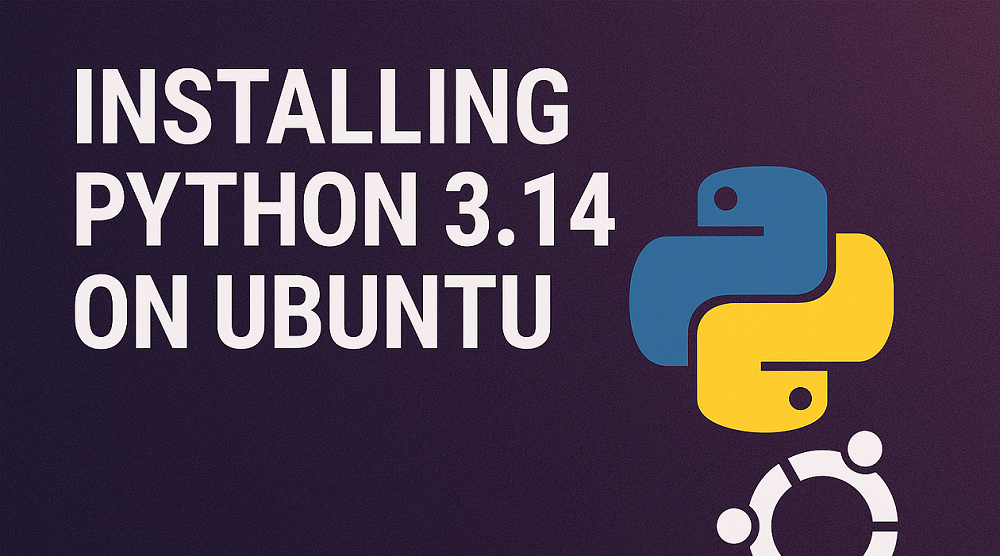The Internet of Things (IoT) is a system of interconnected devices, machines, objects, animals, or people that are able to transfer data over a network without the need for human-to-human or human-to-computer interaction. This network of connected devices is able to communicate with each other and share data using sensors, software, and other technologies.
The IoT has the potential to revolutionize the way we live and work, by making our daily lives more convenient, efficient, and secure. For example, smart homes equipped with IoT devices can allow homeowners to control their appliances, lighting, and heating from their smartphones, while smart cities equipped with IoT sensors can help to reduce traffic congestion and improve air quality.

The IoT also has many practical applications in industries such as healthcare, transportation, and manufacturing. For example, IoT devices can be used to monitor and track the health of patients remotely, optimize the delivery of goods, and improve the efficiency of manufacturing processes.
Benefits of IoT
One of the key benefits of the IoT is the ability to collect and analyze data from connected devices in real time, which can be used to make more informed decisions and improve efficiency. For example, data from sensors in a manufacturing plant can be used to optimize production processes, while data from sensors in a smart home can be used to reduce energy consumption.
The potential uses of the IoT are virtually limitless, and it is already being used in a wide range of applications. Some of the key industries that are adopting the IoT include:
- Healthcare: The IoT is being used to monitor the health of patients remotely and to improve the efficiency of healthcare delivery.
- Transportation: The IoT is being used to optimize the delivery of goods and to improve the safety and efficiency of transportation systems.
- Manufacturing: The IoT is being used to improve the efficiency of manufacturing processes and to reduce waste and defects.
- Agriculture: The IoT is being used to optimize crop yields and to improve the efficiency of farming operations.
In addition to collecting and analyzing data, the IoT also enables the automation of processes and tasks. For example, a smart thermostat can be programmed to adjust the temperature of a home based on the time of day and the occupants’ schedules, while a smart irrigation system can be set to water a lawn only when necessary based on weather data.
Challenges of IoT
There are many challenges and considerations when it comes to the development and deployment of the IoT. Some of these include:
- Security: As the IoT involves the transfer of large amounts of data over networks, it is important to ensure that this data is protected from unauthorized access or tampering.
- Privacy: The IoT generates a vast amount of data about individuals and their behavior, which raises concerns about privacy.
- Interoperability: In order for the IoT to be truly effective, devices from different manufacturers must be able to communicate and work together seamlessly.
- Regulation: The rapid growth of the IoT has led to a need for clear guidelines and regulations to ensure that it is used in a responsible and ethical manner.
Despite these challenges, the potential benefits of the IoT are vast, and it is expected to continue to grow and evolve in the coming years.
The concept of the IoT has been around for decades, but it has only recently become a reality due to advances in technology such as the widespread adoption of the Internet, the proliferation of mobile devices, and the development of low-cost sensors and other hardware.
There are many different types of devices that can be connected to the IoT, including smartphones, tablets, laptops, wearable devices, home appliances, and industrial machinery. These devices can be connected to the Internet using a variety of technologies, including Wi-Fi, cellular networks, and Bluetooth.
The IoT is expected to continue to grow and evolve in the coming years, as more and more devices become connected to the Internet and the capabilities of these devices continue to improve. It is likely that the IoT will become an integral part of our daily lives, making many tasks and processes more convenient, efficient, and secure.


